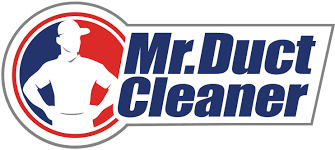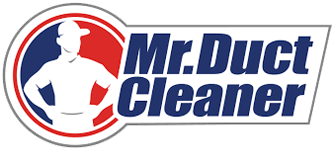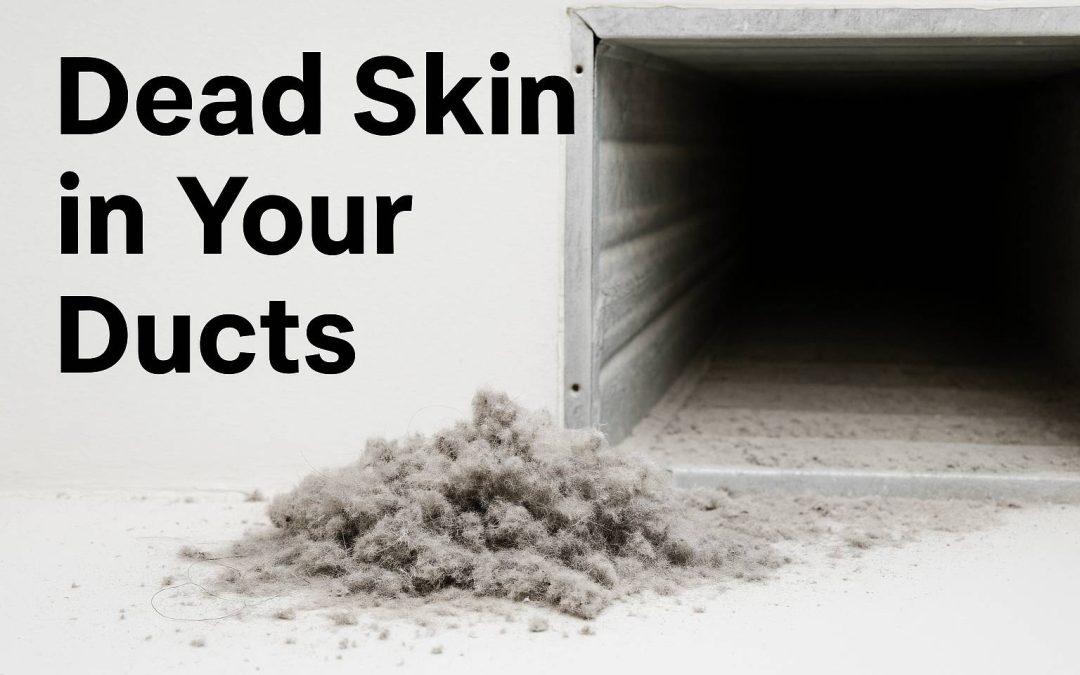Did you know that some of the dirt in your ducts is dead skin? YES! There is dead skin in your HVAC system and ducts. Dead skin sheds at about 0.5-1 gram per person daily, and some of it ends up settling in your HVAC and duct system. Mr. Duct Cleaner knows that the bulk of the dirt is made up of dust, pet dander, pollen, dead skin, and other debris. To get a precise answer to the composition you could get your duct dust tested, however, Mr. Duct Cleaner doesn’t need to get that granular to know that it is a problem and it needs duct cleaning.
The dirt in your ducts is essentially mold food. Mold needs moisture, warm conditions, and lastly, food to grow. The dirt in your ducts is a prime source of fungal growth. When mold grows in your system the title of the it can be detrimental to the health of select sensitive people and animals.
Regular duct cleaning can help remove this accumulation of organic debris before it becomes a breeding ground for unwanted microorganisms. By keeping your ducts clean, you not only improve your indoor air quality but also help prevent the conditions that allow mold and bacteria to flourish. Taking proactive steps, such as changing your filters and ensuring proper ventilation, will go a long way toward maintaining a healthy home environment.
Mr. Duct Cleaner can clean your entire HVAC and duct system and get rid of the mold food for a while. If you have guests or family members who are highly sensitive to mold spores and other VOCs, we recommend the ultimate clean package. This includes cleaning your HVAC unit, and all of your ducts, Clean Sealing (polymer mist duct repair) your entire system, and then installing the Aerus Air Scrubber. This will stop renegade unconditioned dirty air from seeping into your ducts, and every time you turn on your HVAC system, the Aerus Air scrubber sends out purification warriors (hydrogen peroxide ions) to continuously clean all of the air in your home.
Contact us for your FREE estimate.
One Last Hint: Don’t close off your vents in rooms that are not in use. This causes air stagnation and dirty air buildup, so the moisture and the heat facilitate mold and fungal growth.


